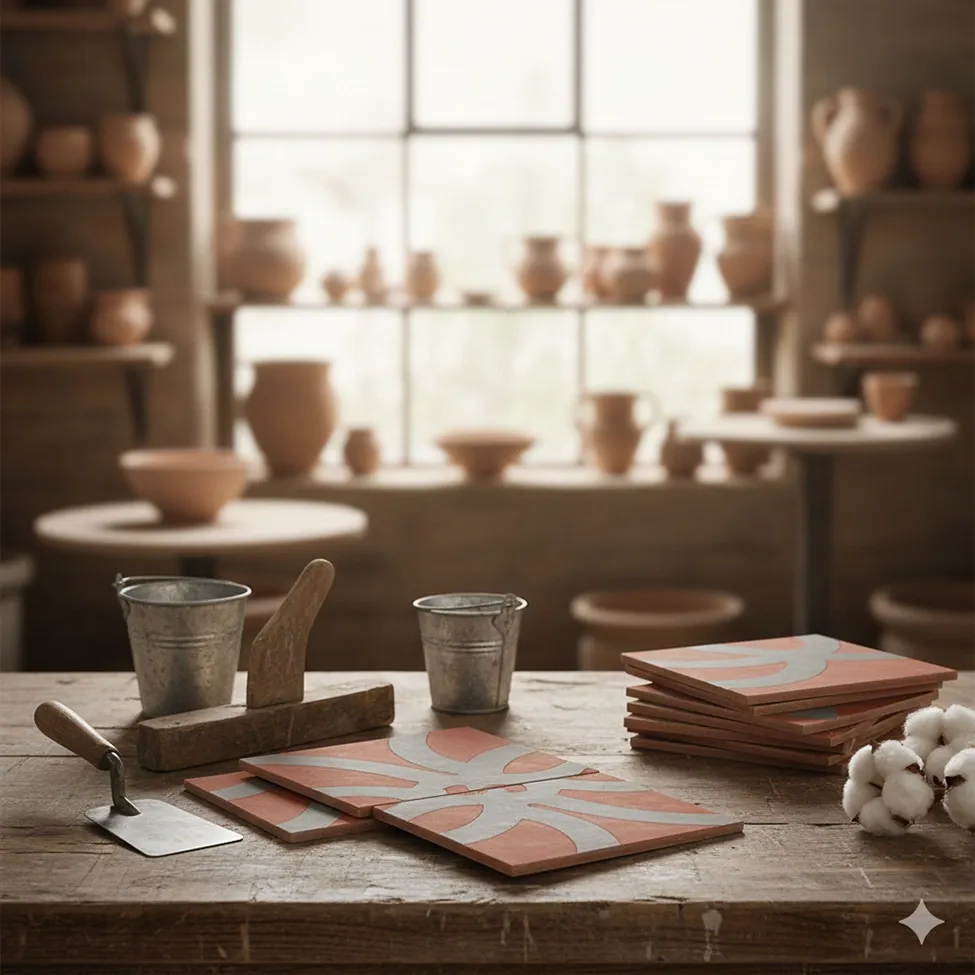Herringbone
Herringbone pattern is a classic and refined pattern for laying wood-effect porcelain stoneware tiles. This pattern involves arranging the tiles in a way that their corners meet to form a “V” shape, reminiscent of a fishbone, hence the name. This creates a dynamic and sophisticated visual effect, adding movement and depth to the environment. Herringbone laying is perfect for main areas such as living rooms and dining rooms, but it can also create a striking effect in bedrooms, entrances, and hallways. Its versatility and elegant design make it compatible with both classic and modern furnishing styles.





















